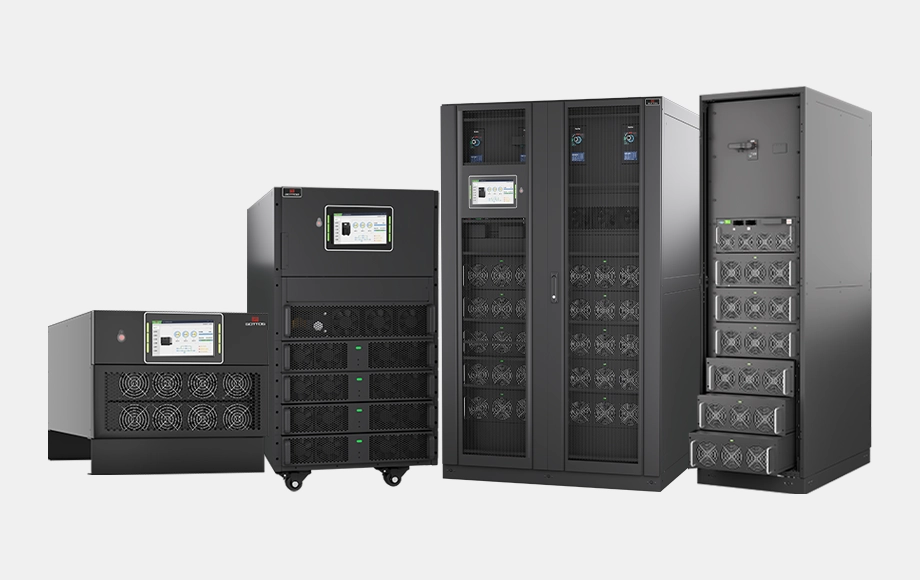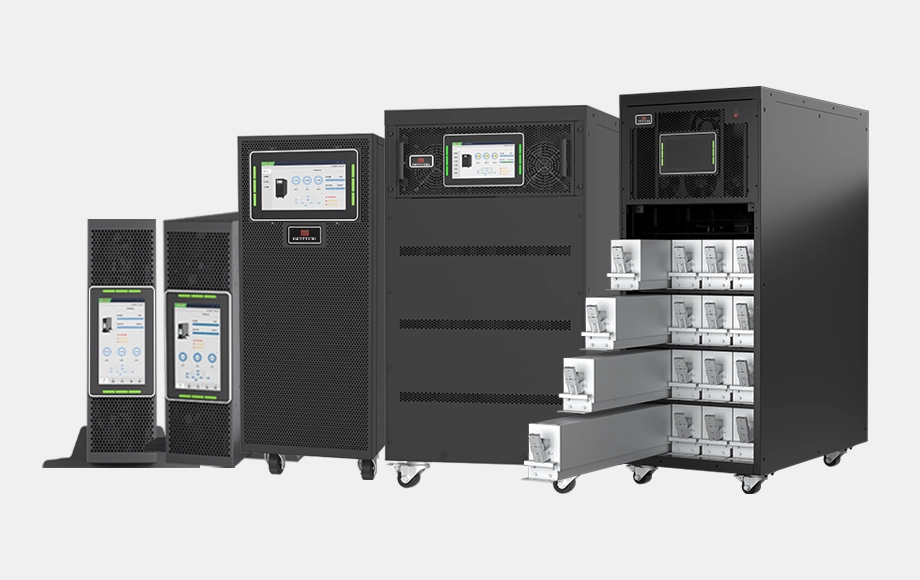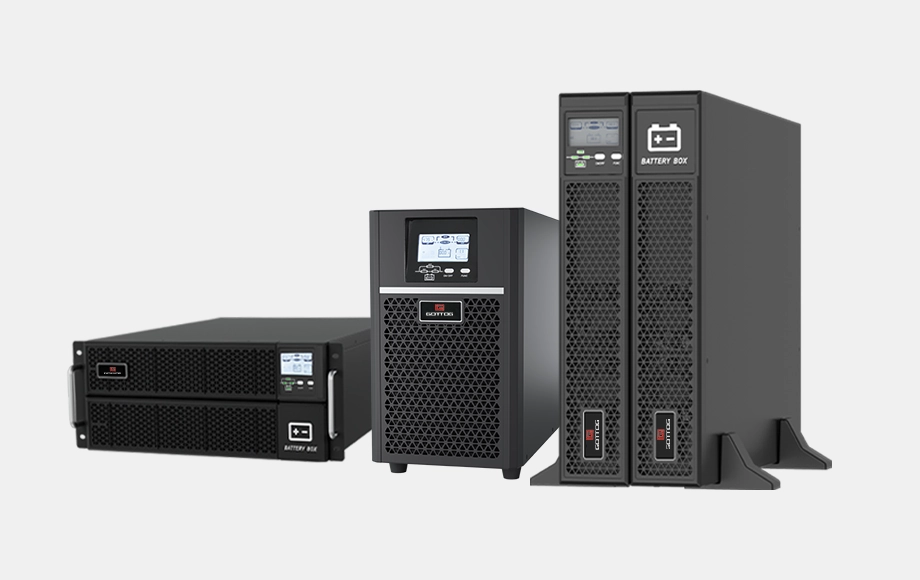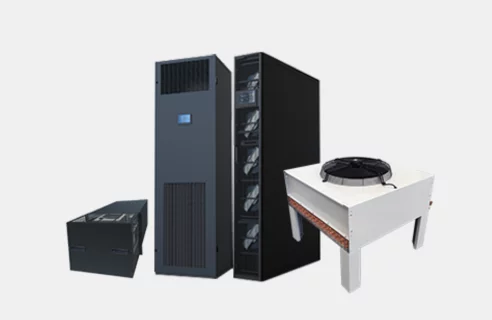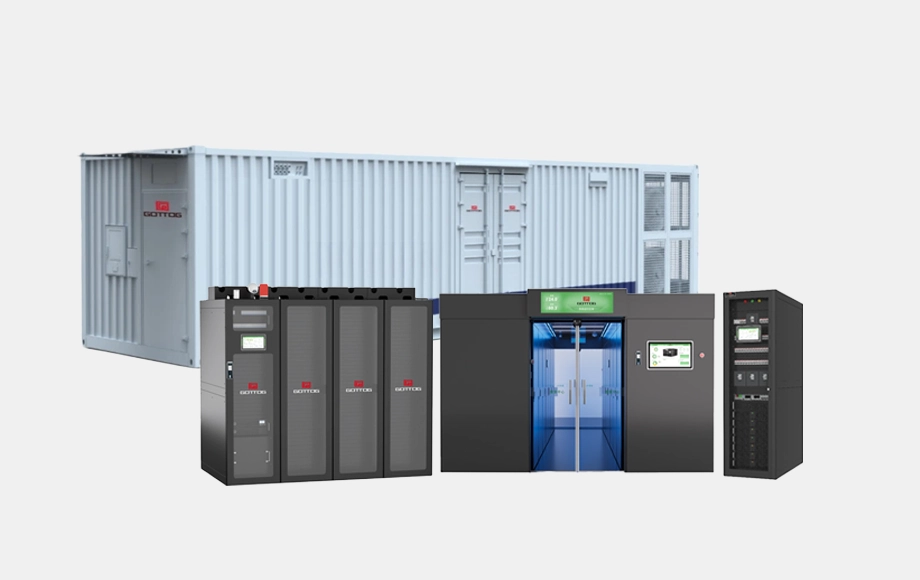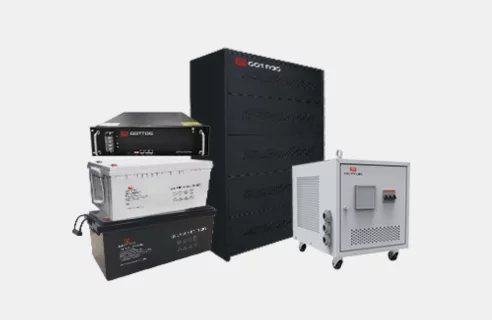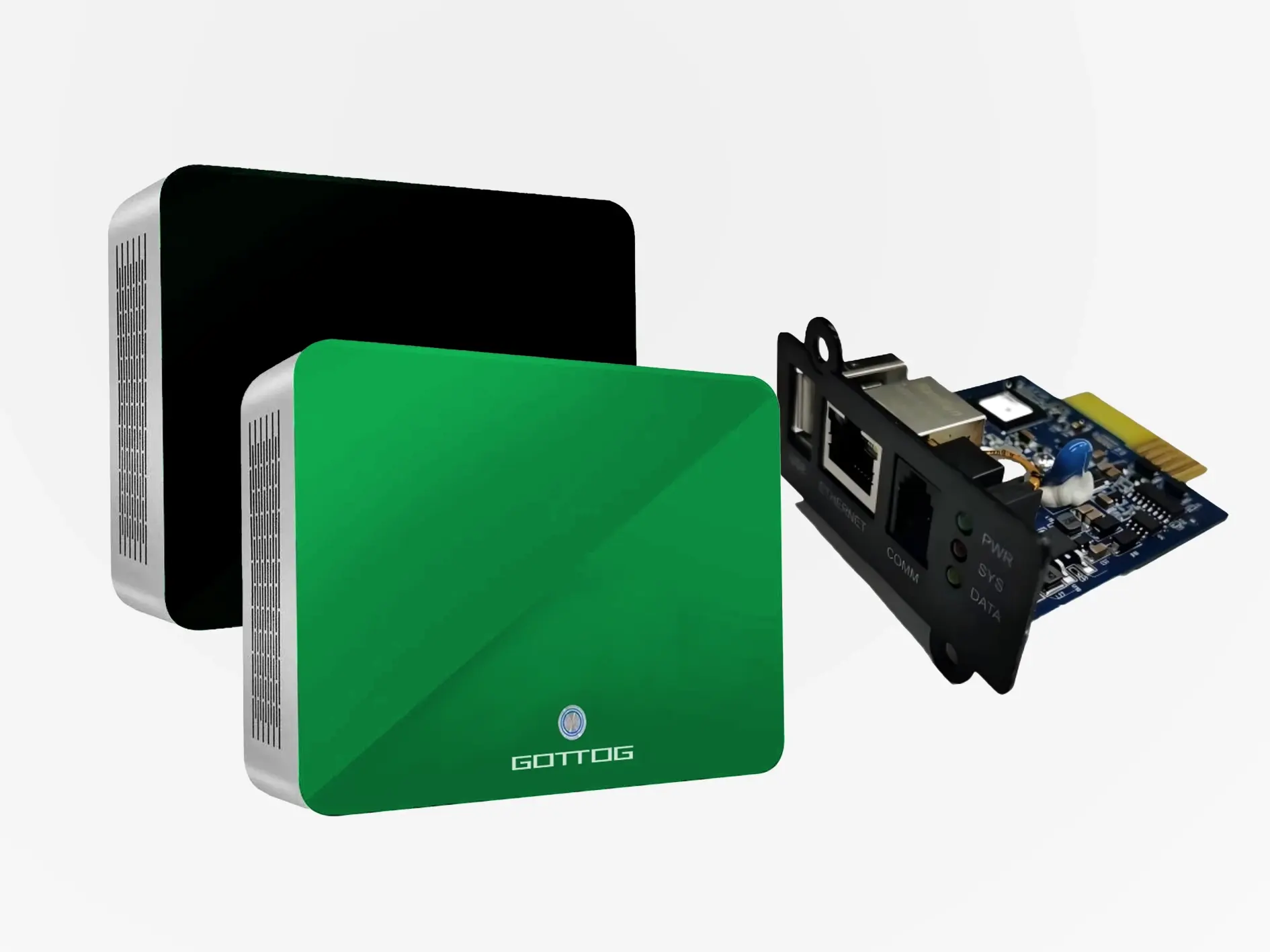Data centers are designed for continuous operation, but emergencies such as power outages, fire incidents, and overheating can disrupt normal functions and jeopardize critical IT assets. Traditionally, Uninterruptible Power Supply (UPS) systems and precision cooling units have been viewed as separate components—one ensuring power continuity, the other maintaining temperature and humidity stability.
However, in real-world emergency scenarios, UPS and precision cooling must work together in a coordinated response to protect both infrastructure and data integrity. This article explores how these systems interact during emergencies and how automation can strengthen resilience.
1. Power Outages: UPS and Cooling Synchronization
When utility power is lost, the UPS immediately switches to battery power to maintain IT load. But power continuity alone is not enough—servers under load continue to generate heat, and if cooling systems stop working, temperatures can rise within minutes.
- UPS support for precision cooling: Modern UPS systems are designed to supply not only IT loads but also critical cooling units. By powering key Computer Room Air Conditioning (CRAC) units, the UPS ensures heat is managed until backup generators start.
- Load prioritization: In some cases, automation prioritizes server power over cooling for short outages, but intelligent strategies often allocate enough UPS capacity to sustain at least partial cooling.
- Seamless generator integration: Once generators start, both UPS and precision cooling switch seamlessly to generator supply, maintaining stable conditions without interruption.
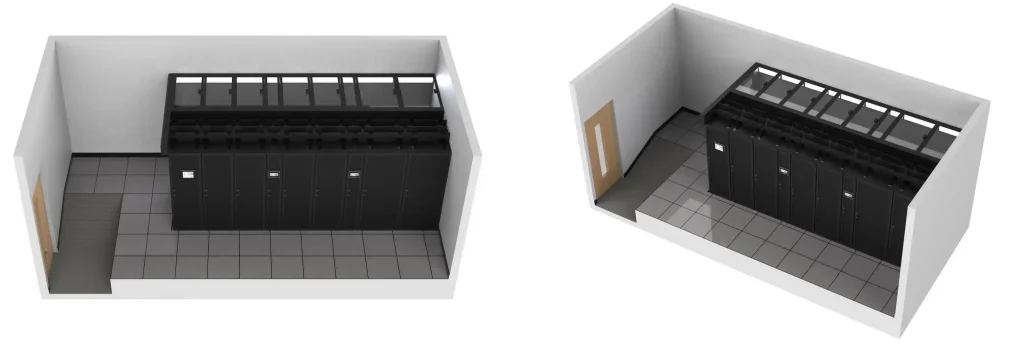
2. Fire Incidents: Controlled Shutdown and Containment
A fire in the data center requires a different approach. The objective shifts from uptime to damage control and safety.
- UPS actions: During fire alarms, the UPS system can trigger automated shutdown of non-critical loads, keeping only emergency systems and fire detection equipment active.
- Precision cooling actions: Cooling systems switch into containment mode, preventing smoke from spreading across hot and cold aisles. Some systems can also adjust airflow to help fire suppression agents disperse effectively.
- Integrated response: When fire suppression systems (e.g., gas-based extinguishers) are activated, cooling units and UPS synchronize their operations to reduce air circulation and protect equipment while minimizing fire spread.
3. Overheating Events: Preventive Measures and Rapid Mitigation
Overheating can result from equipment faults, airflow blockages, or extreme outdoor conditions. If unchecked, it can quickly lead to IT failure or even hardware damage.
- UPS as enabler: UPS-powered monitoring systems detect abnormal thermal conditions in real time, even during grid instability.
- Precision cooling response: Automated cooling adjusts airflow dynamically to target hotspots, sometimes ramping up specific CRAC units or activating liquid cooling modules.
- Coordinated mitigation: In advanced setups, the UPS communicates load information to the cooling system. For example, if UPS detects a partial load transfer or module failure, cooling demand can be adjusted automatically to match reduced IT activity, avoiding unnecessary strain.
4. Automation and Intelligent Coordination
The future of data center emergency response lies in AI and integrated Building Management Systems (BMS).
- Sensor networks: Real-time data from temperature, humidity, smoke, and power sensors enable early detection of abnormal conditions.
- Automated decision-making: AI algorithms evaluate scenarios (e.g., overheating + UPS running on battery) and trigger optimized responses, such as increasing cooling airflow while conserving battery runtime.
- Predictive response: Machine learning models forecast potential overload or thermal spikes, allowing UPS and cooling to preemptively balance loads.
5. Best Practices for Data Center Operators
To maximize safety and resilience:
- Design for redundancy: Ensure both UPS and cooling have N+1 or 2N redundancy for emergencies.
- Prioritize critical loads: Configure automation rules to balance server uptime and cooling capacity based on business priorities.
- Regular testing: Simulate outage, fire, and overheating scenarios to validate system response.
- Leverage AI integration: Deploy BMS platforms that enable real-time communication between UPS, cooling, and fire suppression systems.
Conclusion
Emergencies in data centers demand more than just backup power or cooling. UPS and precision cooling systems must operate in tandem, delivering a coordinated response to power outages, fires, and overheating. With automation and intelligent integration, data centers can maintain resilience, protect IT assets, and minimize downtime even under extreme conditions.
By viewing UPS and cooling as interdependent systems rather than isolated components, operators can achieve higher reliability, lower risk, and better overall protection for their critical infrastructure.
Want to enhance your data center’s emergency resilience? Explore our integrated UPS and precision cooling solutions designed for reliable, automated protection under any scenario.

